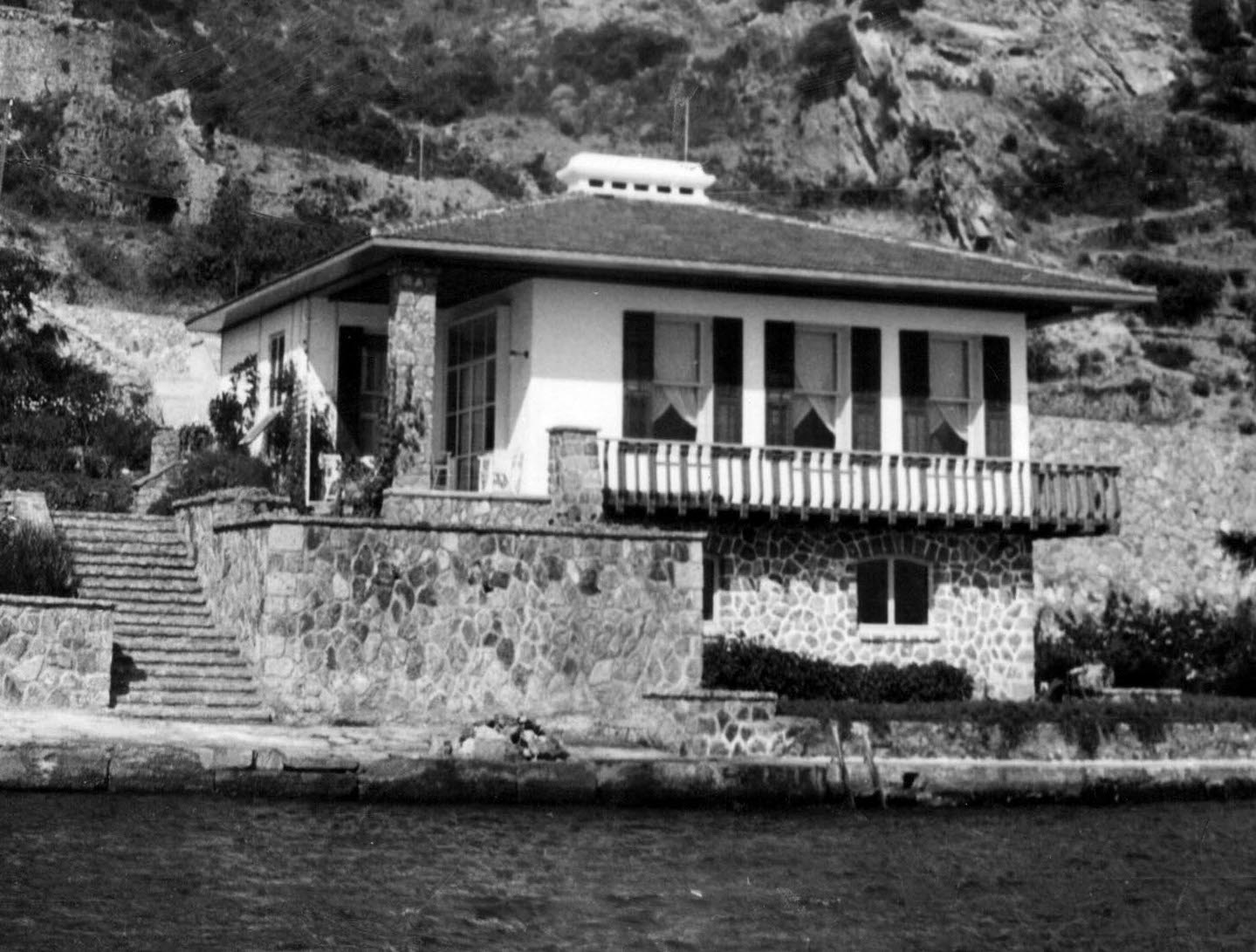Archive
https://archive.metromod.net/viewer.p/69/2949/object/5140-8103231
Archive
Eckert-Rifki Villa
- Building
- Eckert-Rifki Villa
Word Count: 2
- Eckert-Rifki evi, Eckert-Rifki House
- Clemens Holzmeister
- 1943
Baltalimanı Caddesi, Baltalimanı, Istanbul.
- İstanbul (TR)
The architect Clemens Holzmeister designed the Eckert-Rifki Villa in Baltalimanı on the shores of the Bosporus in 1943/44. The residence has a tiled roof, bay windows and a stone base.
Word Count: 29

Clemens Holzmeister, Eckert-Rifki House, Istanbul Baltalimanı, 1943/44, detail (Archive Monika Knofler, Vienna). 
Clemens Holzmeister, Eckert-Rifki Villa, Istanbul Baltalimanı, 1943/44, view from the Bosporus (Archive Monika Knofler, Vienna). 
Clemens Holzmeister, Eckert-Rifki Villa, Istanbul Baltalimanı, 1943/44, facade with balcony (Archive Monika Knofler, Vienna). 
Clemens Holzmeister, Eckert-Rifki Villa, Istanbul Baltalimanı, 1943/44 (Archive Monika Knofler, Vienna). Nicolai, Bernd. Moderne und Exil. Deutschsprachige Architekten in der Türkei 1925–1955. Verlag für Bauwesen, 1998.
Word Count: 15
My deepest thanks go to Monika Knofler, Vienna, who gave me access to her photographic collection and provided me with important information on Clemens Holzmeister. I am grateful to my friend and colleague Zeynep Kuban, Istanbul, who helped searching the traces of Eckert-Rifki Villa.
Word Count: 44
- Istanbul
- Burcu Dogramaci. "Eckert-Rifki Villa." METROMOD Archive, 2021, https://archive.metromod.net/viewer.p/69/2949/object/5140-8103231, last modified: 22-05-2021.